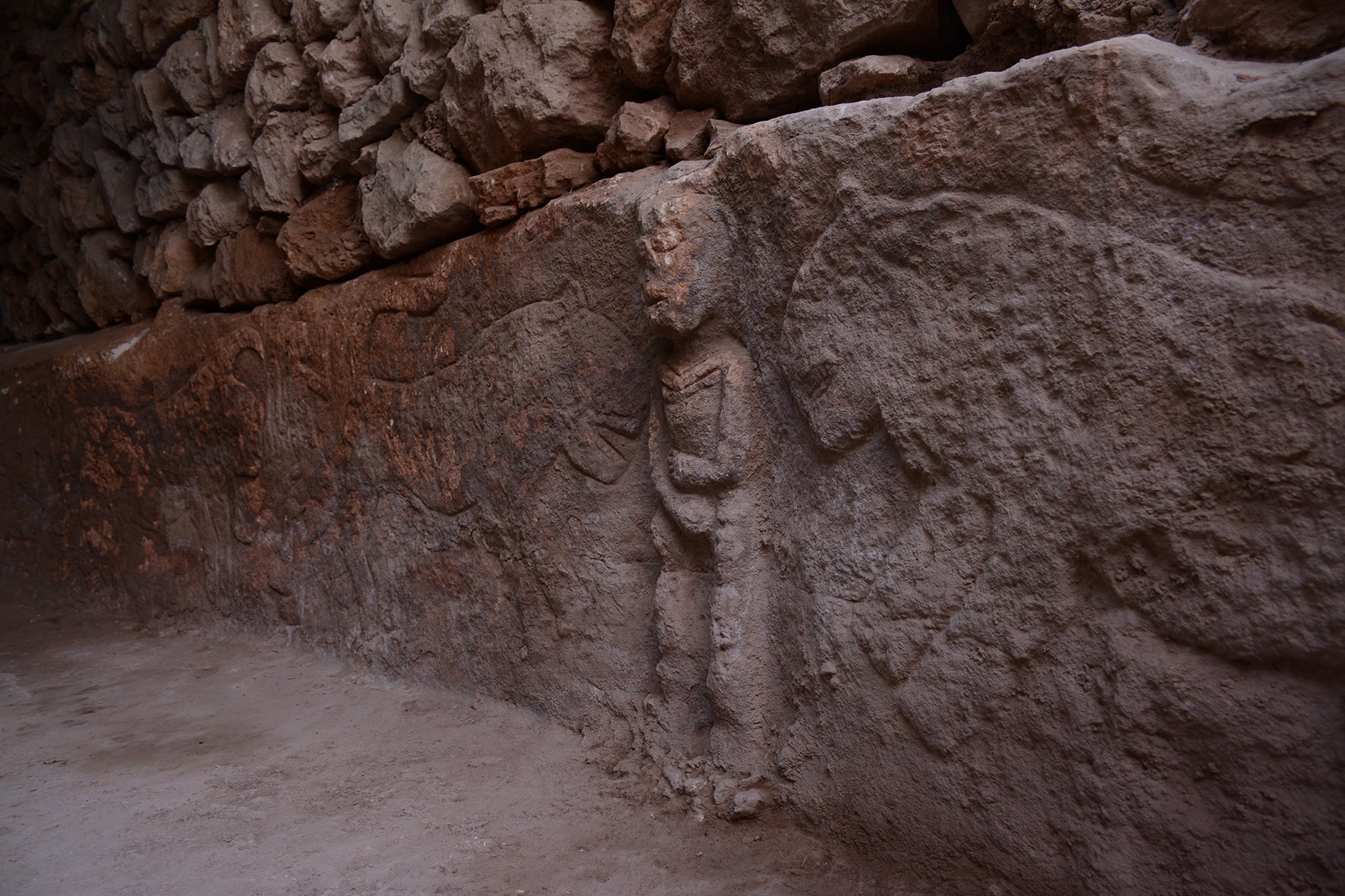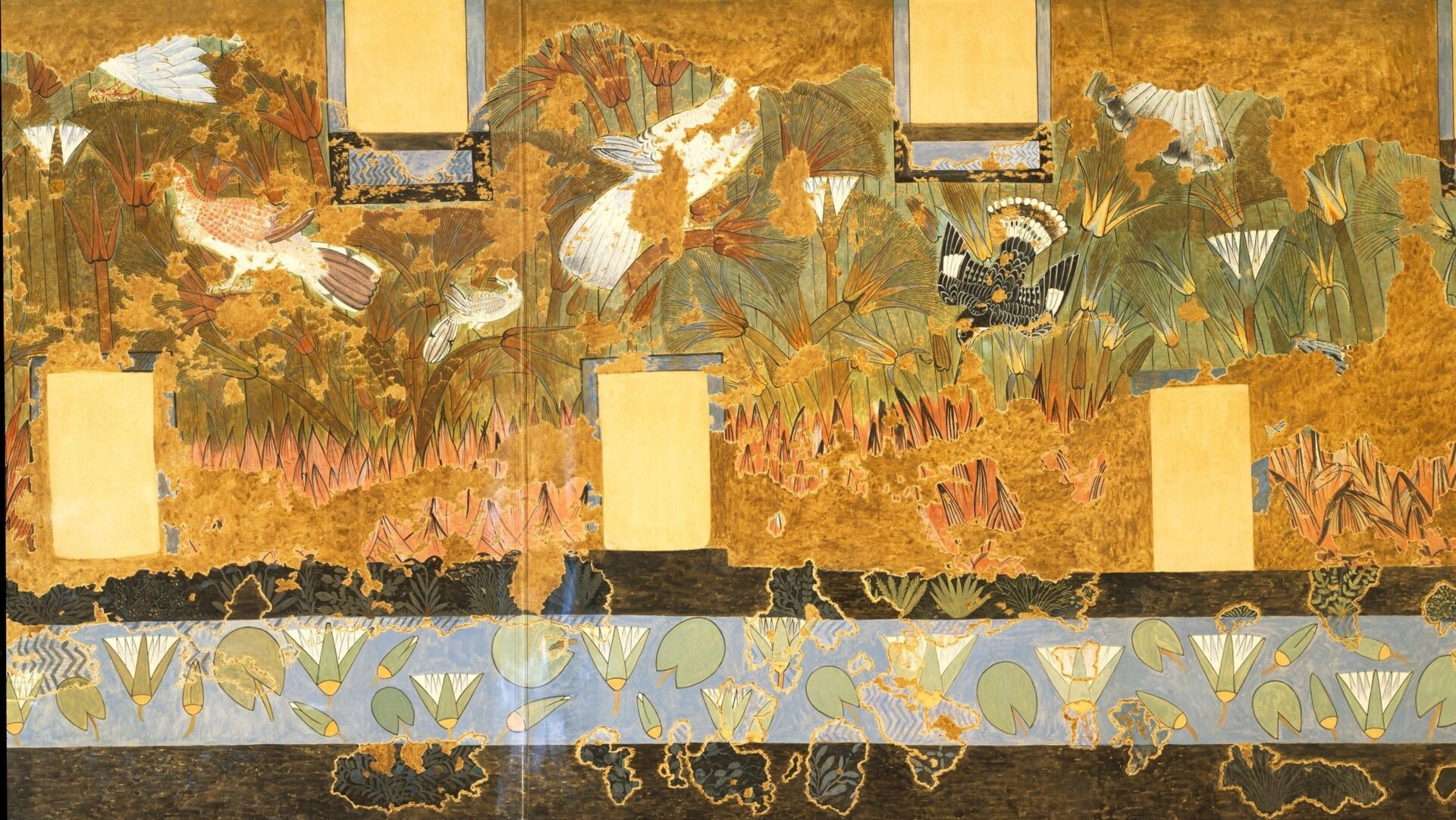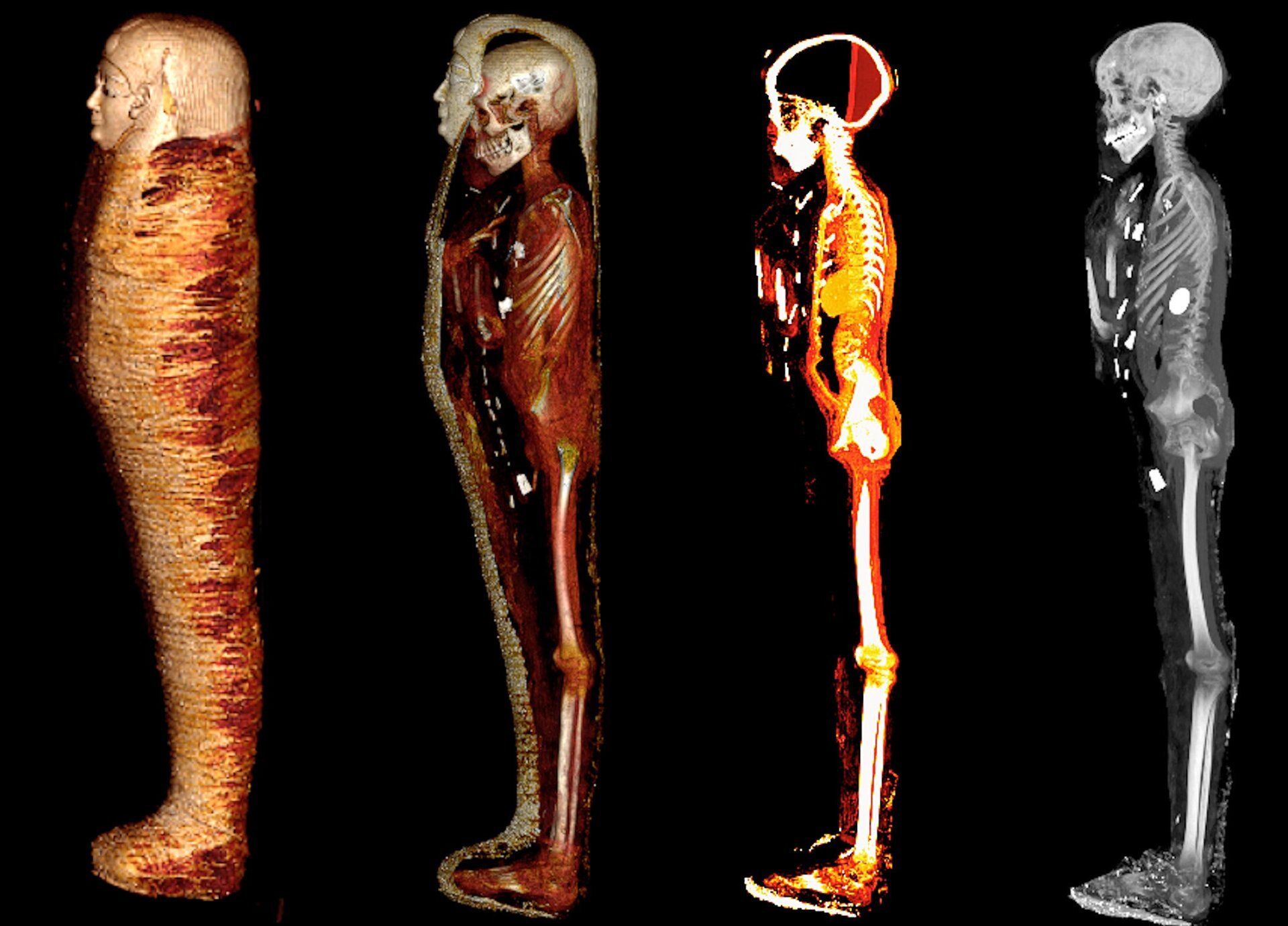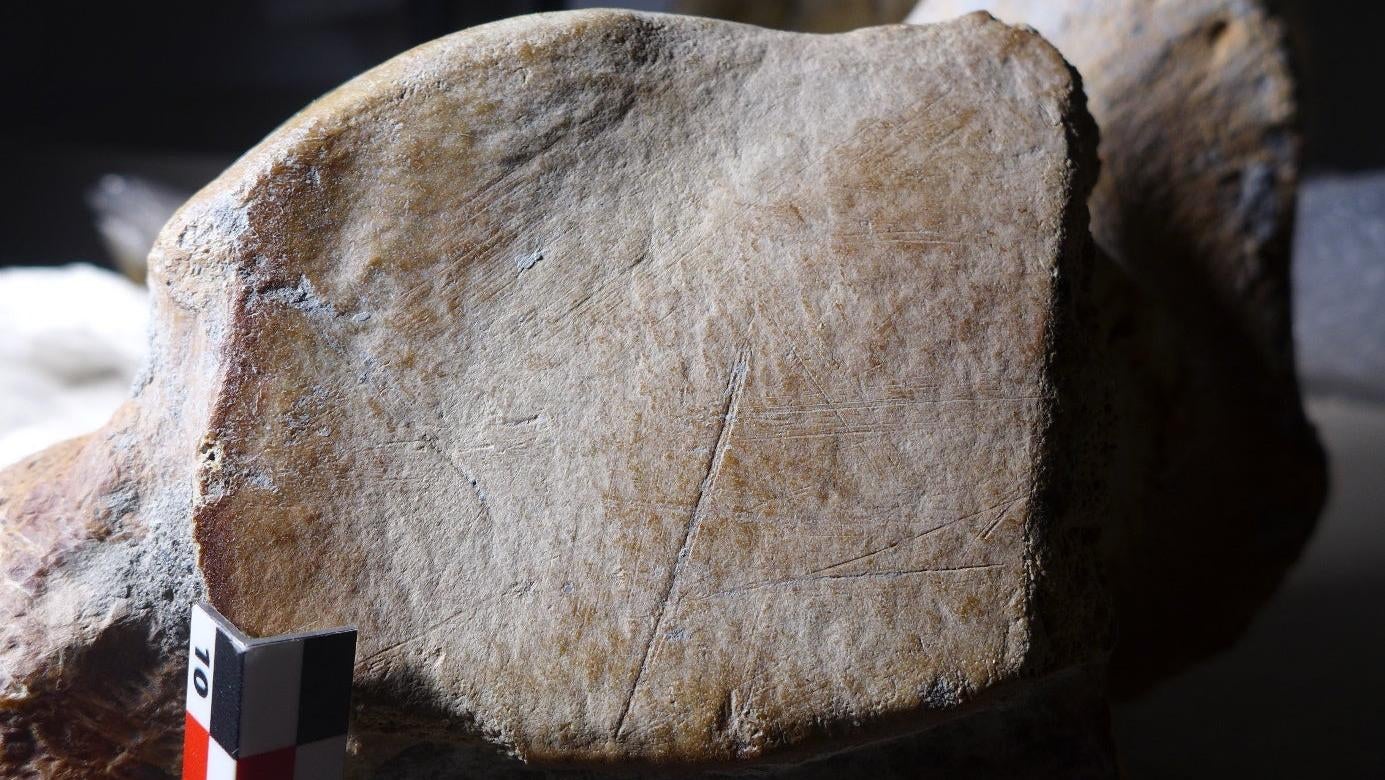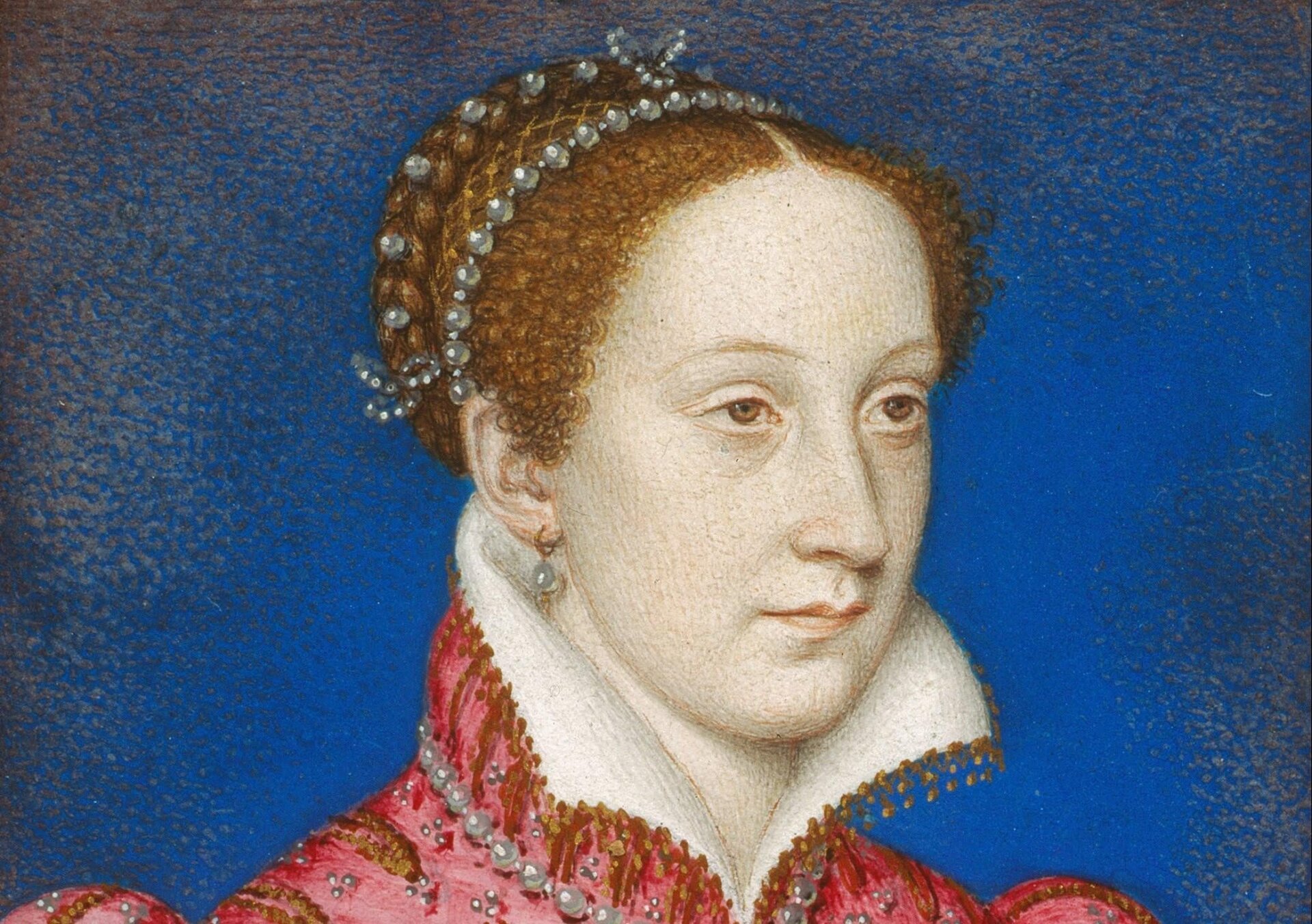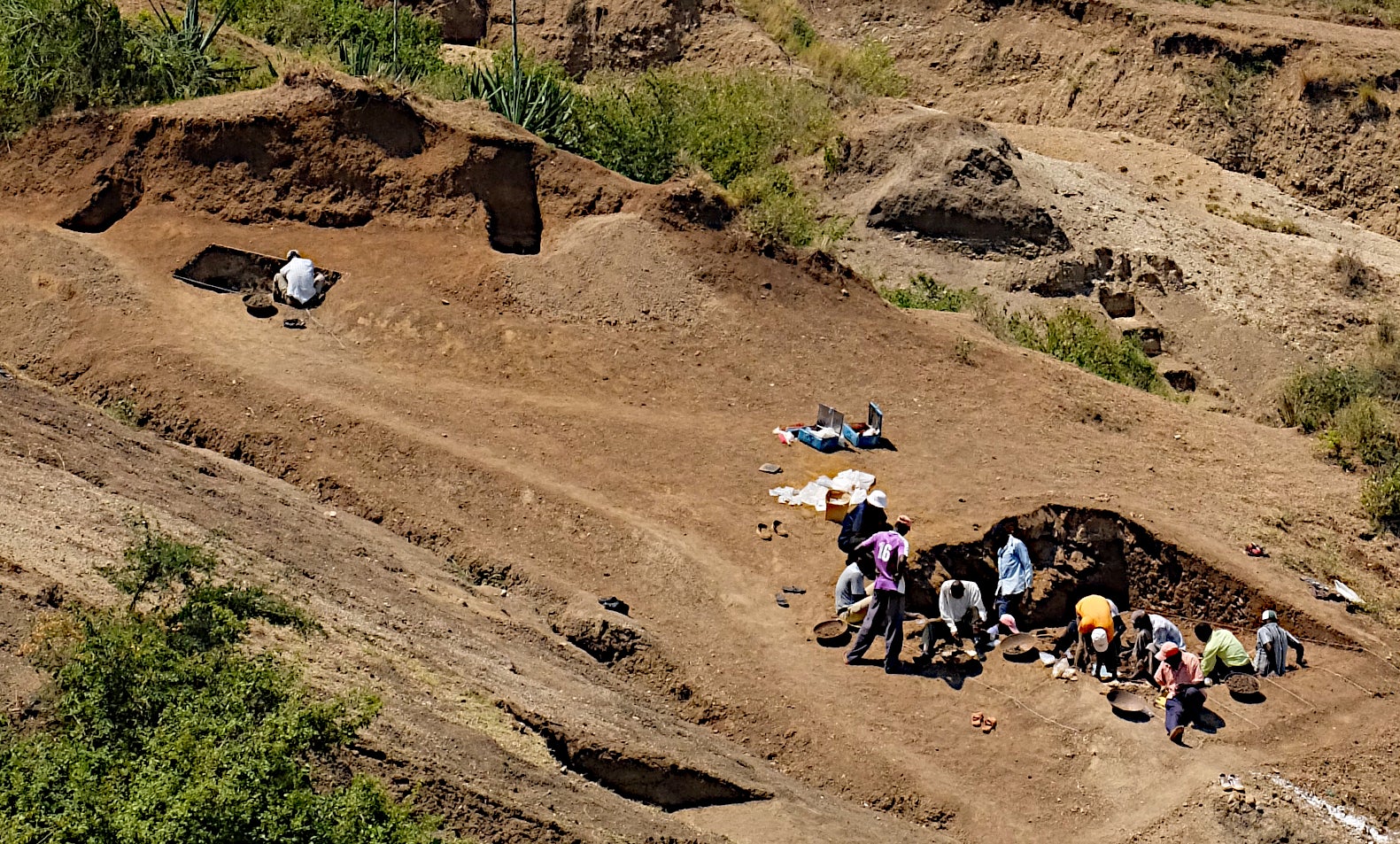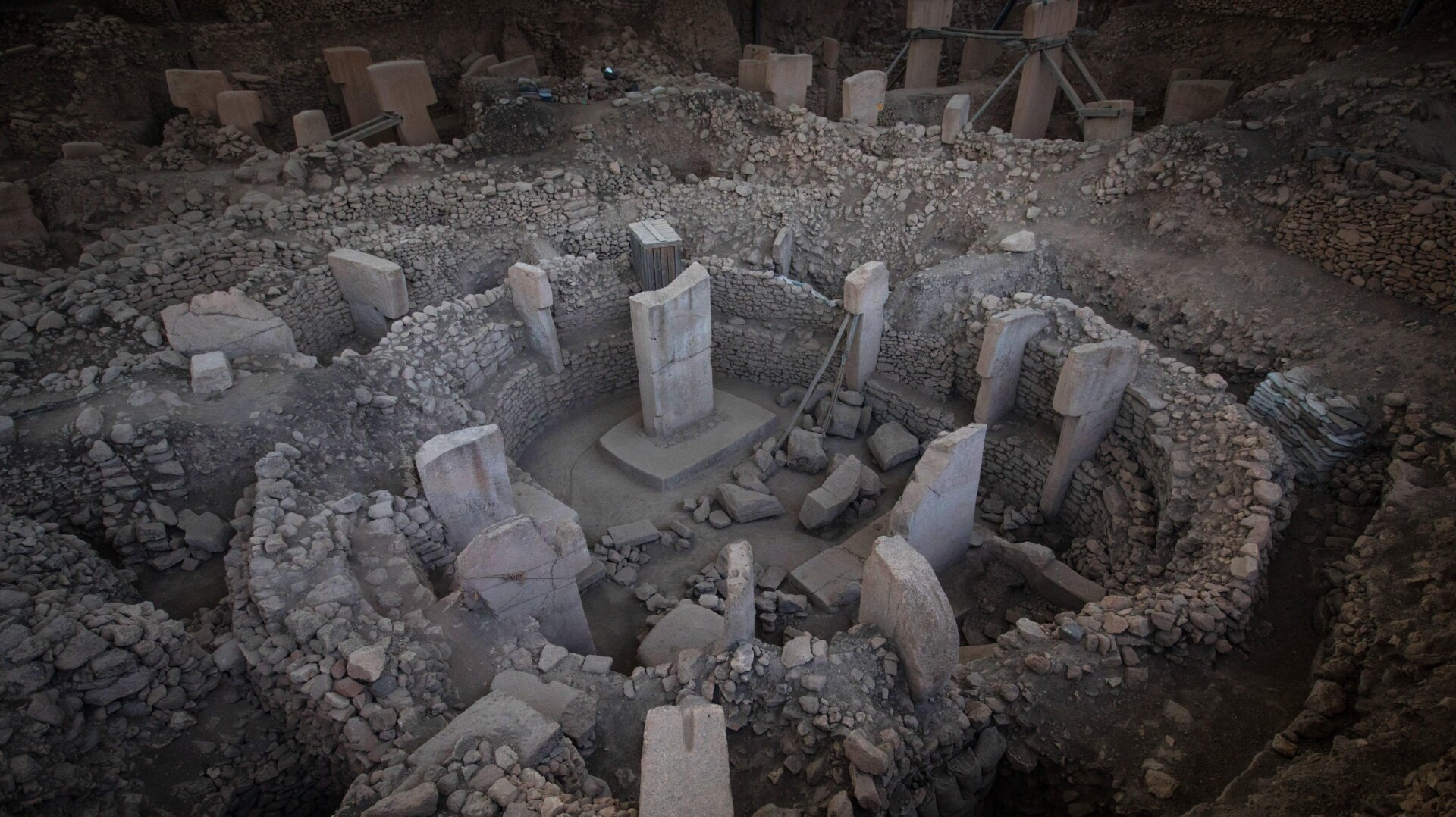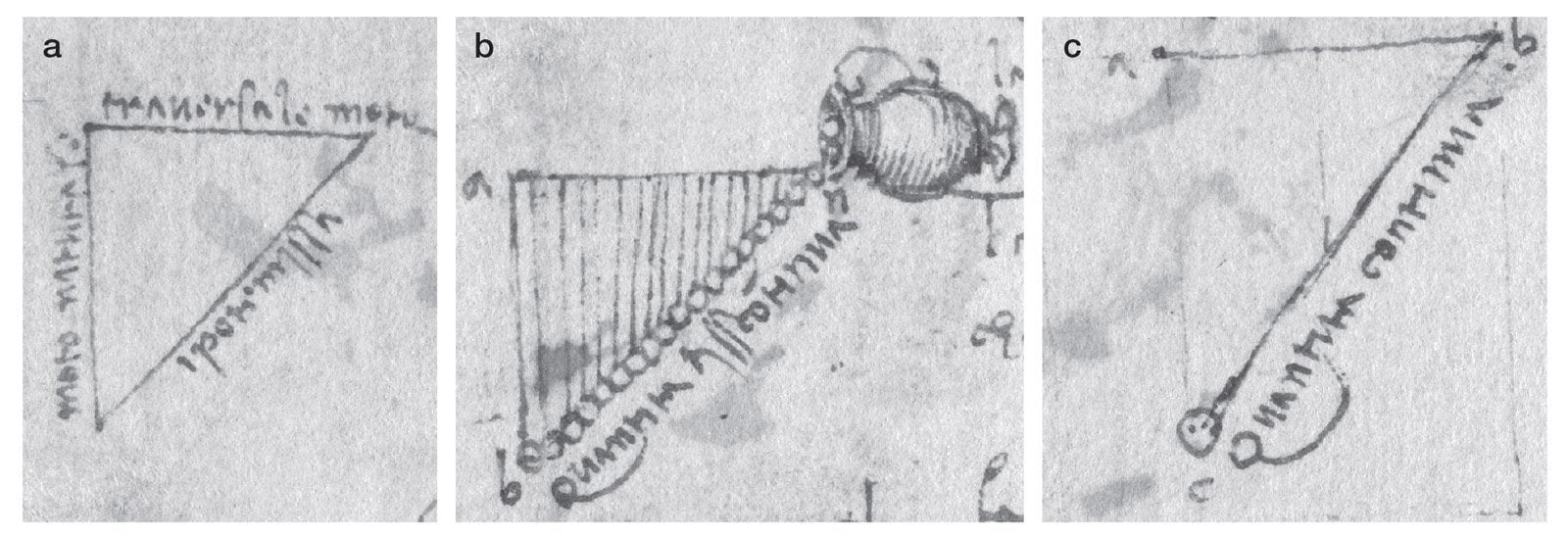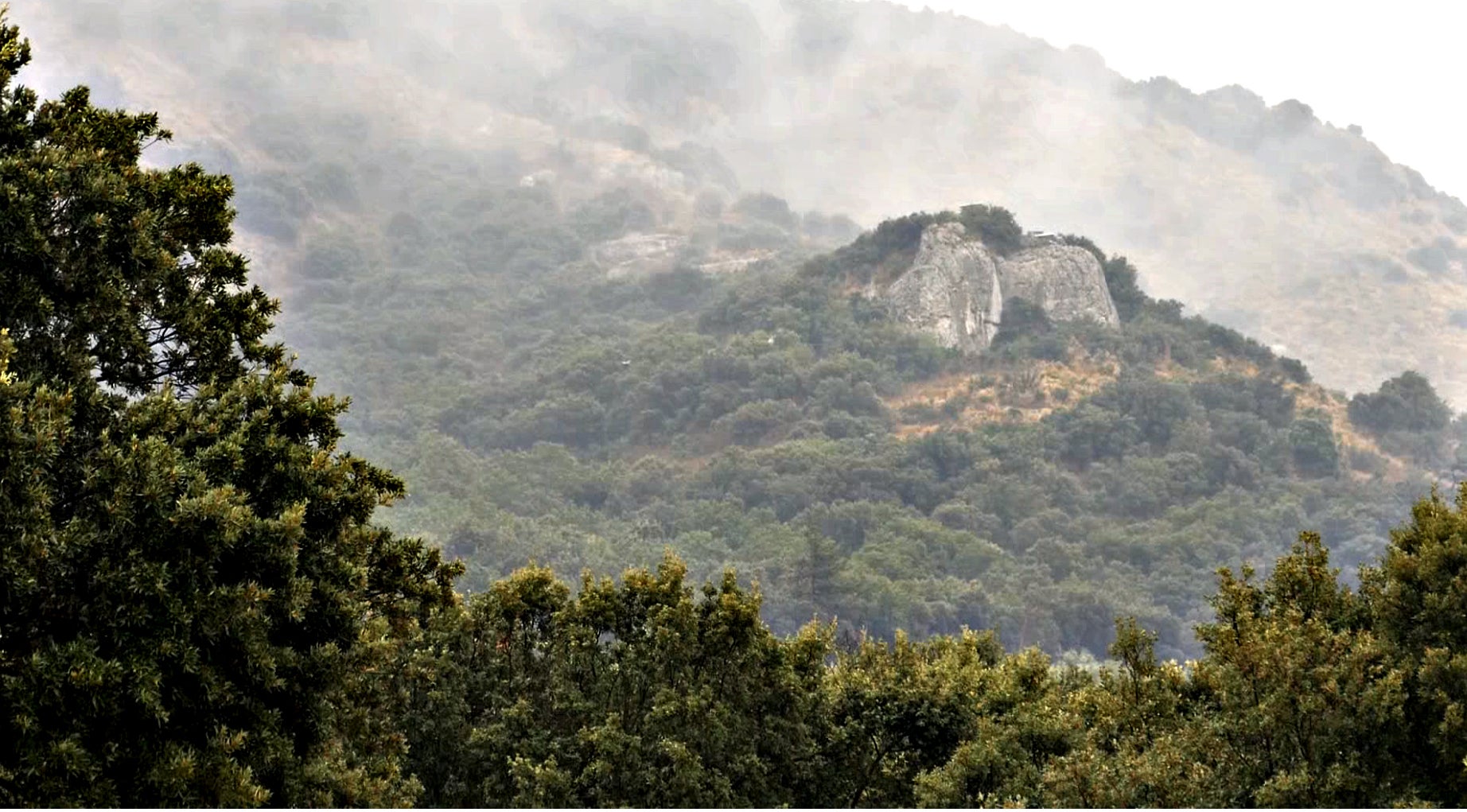The recent discovery of an intricate wall carving in Sayburç, Turkey, offers a fascinating glimpse into the lives and storytelling of a Neolithic community. Located near the renowned Göbekli Tepe, this 11,000-year-old artwork is considered one of the earliest examples of narrative depiction ever found.
This remarkable carving portrays a scene with five figures: two human figures, a bull, and two leopards. One human figure holds what appears to be a snake or rattle, while the other is depicted holding his penis. A detailed description and interpretation of this narrative scene are available in Antiquity’s Project Gallery.
According to archaeologist Eylem Özdoğan of Istanbul University, while radiocarbon dating is still pending, the site is believed to date back to the ninth millennium BCE, around the same period as Göbekli Tepe. Özdoğan suggests a shared cultural environment between the communities in this region, indicating potential communication, shared innovations, and a common social ideology.
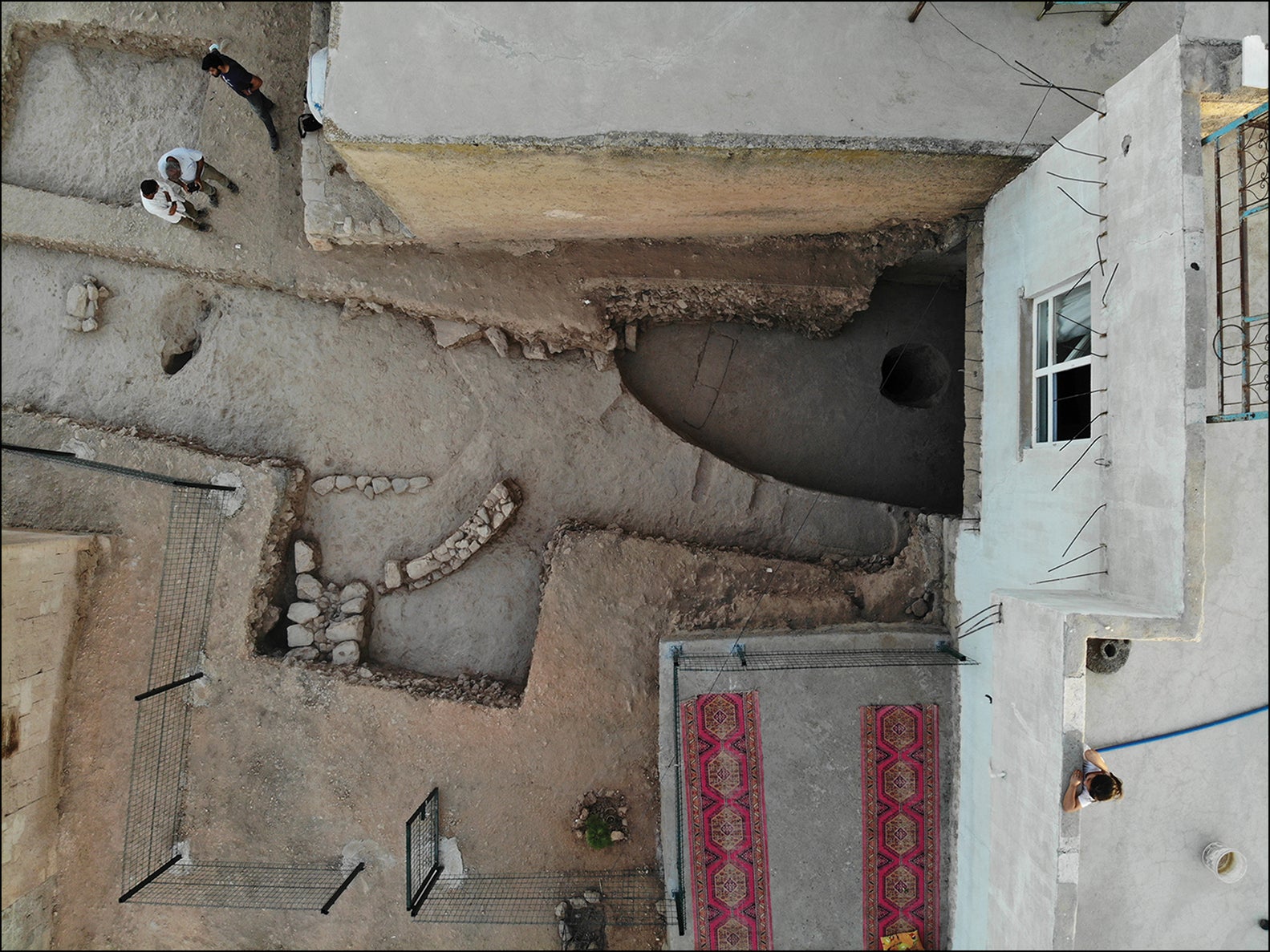 A bird’s-eye-view of the excavation site.Aerial view of the Sayburç excavation site. Photo: Sayburç project archive (Özdoğan, Antiquity 2022)
A bird’s-eye-view of the excavation site.Aerial view of the Sayburç excavation site. Photo: Sayburç project archive (Özdoğan, Antiquity 2022)
Sayburç: A Window into Neolithic Storytelling
The town of Sayburç, established in 1949, largely concealed the ancient site until excavations began last year. These excavations unearthed a communal building from the Neolithic period, featuring the carved artwork on one of its walls. Only half of the building has been excavated so far, with plans to demolish some modern structures to further explore the Neolithic remains.
While older artworks exist, such as a 43,900-year-old pig painting in Indonesia and 169,000 to 226,000-year-old hand and footprints in Tibet, the Sayburç carving stands out as a narrative piece, intentionally crafted to tell a story. Even a 12,250-year-old rock with stenciled figures discovered in 2011, while potentially narrative, is open to interpretation.
Deciphering the Narrative
Özdoğan proposes two distinct scenes within the carving based on the figures’ orientation. One scene depicts a human and a bull, while the other shows a human flanked by two leopards. Both human figures are depicted as male, evidenced by the carved phalluses. Interestingly, only one of the leopards is depicted with a penis.
 The relief in full.The complete Sayburç relief. Photo: B. Köşker, Özdoğan Antiquity 2022
The relief in full.The complete Sayburç relief. Photo: B. Köşker, Özdoğan Antiquity 2022
The communal nature of the building, with benches lining the walls and the carvings located on the bench backrests, suggests the artwork may represent the community’s collective memory and values. Further research is needed to fully understand the meaning and significance of these depictions.
Future Excavations and Discoveries
Further excavations at Sayburç are crucial to unraveling the mysteries surrounding this Neolithic community. While connections to other Anatolian settlements and their artistic style are evident, the specific values and practices of this community remain largely unknown. This discovery presents an exciting opportunity to deepen our understanding of early Stone Age settlements and their complex narratives.



